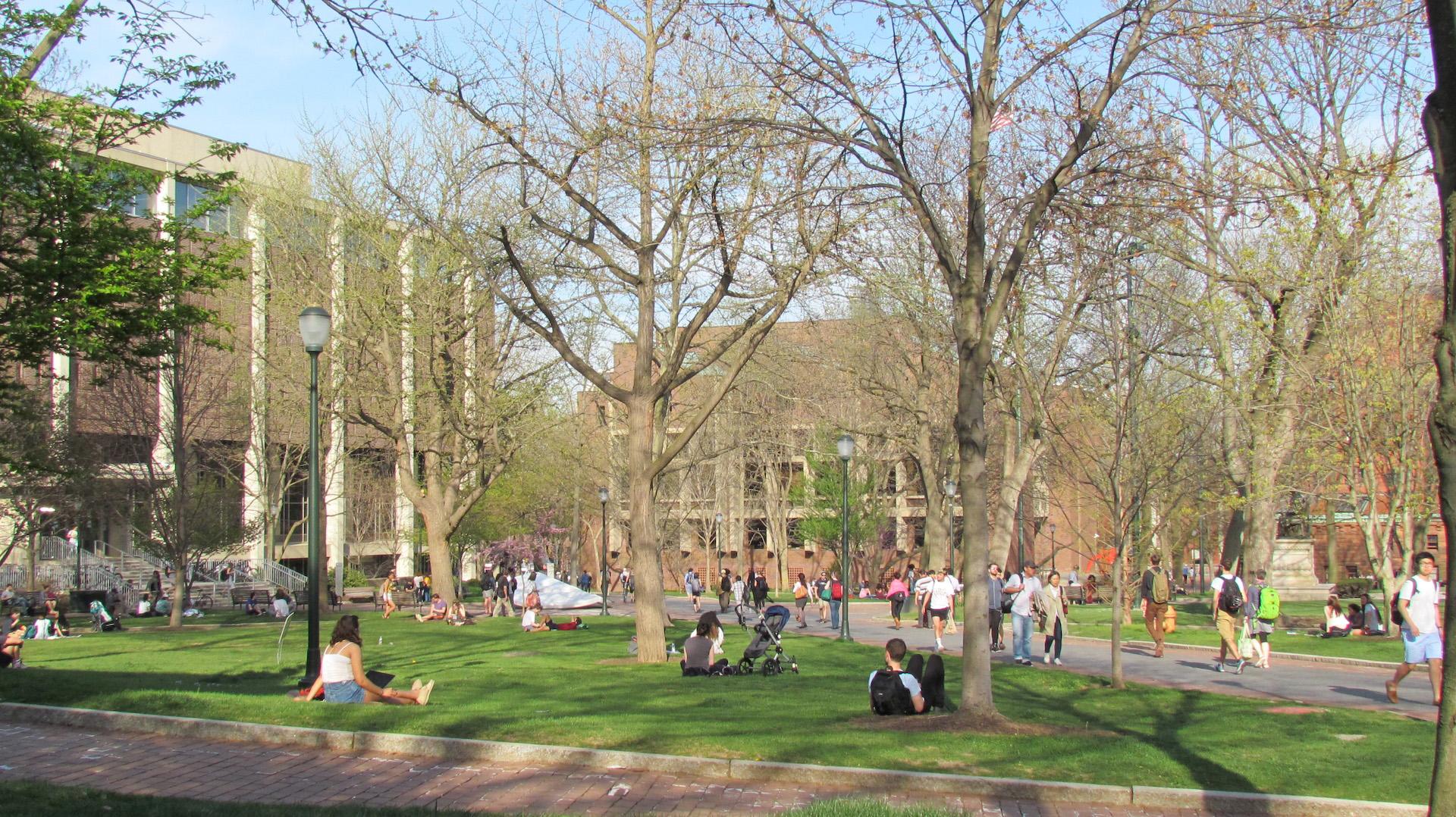
You’ve done the work. You’ve fit many pieces of yourself into the constraints of a college application format. You’ve placed trust in your recommenders. You’ve placed trust in us, the admissions team, to handle your application with care.
After clicking “submit,” you’re wondering what happens next. Will anyone notice that you courageously chose to take that really tough math class, or how many hours you work at the local grocery, or that you enjoy helping your younger siblings with their homework (usually)?
You’re wondering what happens with what you’ve shared, if you’ll get in or not, and how you’ll feel when you find out.
We can’t answer how you’ll feel, but we can map out some of how it all works from here.
What happens in admissions:
Submitting your application kicks off a complex undertaking of logistics and decision-making. Most applications include between 20-40 pages of information, sent from different sources at different times. We rely on technology to sort, sift, and match materials to compile the full application. We have staff who double check everything, who take time to unwind materials that accidentally merged for two different applicants who have the same name. They connect materials that didn’t meet electronically because one source had a nickname listed as a first name while a different source had the legal name.
Once application materials have been organized, the readers start their reviews. Typically, readers start with a summary page that shows your name, your school, your town, state and country, and if applicable, the program to which you’ve applied within the school or your major(s) of interest.
From there, we read through the components of your application, synthesizing the context of your environment, your interests, your academic efforts, how you spend your time, and how others describe you as a learner and a friend.
While we must move quickly through these processes, we also proceed with care. We rely on an essential system of checks and balances among readers and invite discussion. Ultimately, we read, review, and re-review until we have come to a decision.
Once the decisions are made, we “freeze” them so that nothing changes. Then, with all materials and decisions in place, we check, double-check, test, double-test, and quadruple cross-check everything. Just like the beginning of the process, this is a highly coordinated system of technology and people.
What happens for applicants:
As an applicant, you are required to wait while we do our work. (For students who have dedicated themselves to rigorous academic challenges alongside personal pursuits and responsibilities, we appreciate that waiting around is uncomfortable!)
Once we’re finished with our reviews and decisions, you’ll learn the outcome. This is when the decision goes back to you and the admissions team takes our turn to wait it out.
If you’ve been denied, that is a disappointing outcome but it’s also straightforward. You can move on to consider the options you do have.
If you’ve been admitted, then you have some time to decide whether to attend. After celebrating your admission offer(s), you can focus on how to decide. Are there discussions available with enrolled students who can describe their experiences or with faculty who are excited to tell you about what they teach? Can you join the school’s online community to meet other admitted students? Can you visit?
If you are receiving financial aid, this is also the time to make sure you understand the financial support that is being offered alongside your own financial obligation for the four years ahead. You might feel anxious about discussing finances when you’d rather focus on meeting your classmates, but financial aid staff love talking about financial aid and are at-the-ready to help you figure out the costs!
If you’ve been waitlisted, then you still have a choice to make before the deposit deadline. You can decline the offer to stay on the waitlist and move forward with accepting your place at a school that has already admitted you. Or you can choose to stay on the waiting list and settle in for more… waiting. In this case, it’s best to pay the deposit at a school where you have been admitted in case the waitlist doesn’t come through. (If you do accept a place from a waitlist, you’ll need to officially withdraw from the school where you’ve already deposited.)
What happens now:
Most importantly, the time between submitting an application and learning the results is time to be proud of who you are and the commitment you’ve made to attending college. Enjoy the people and activities that bring you joy while your next adventure begins to take shape!

